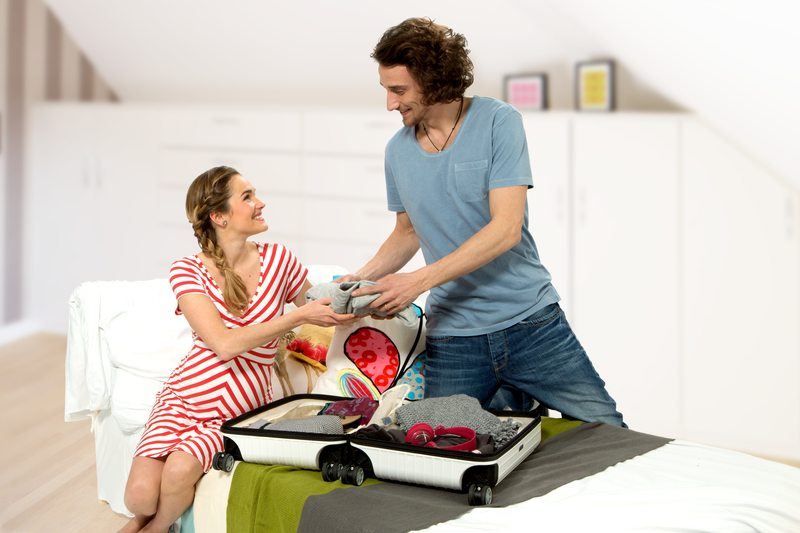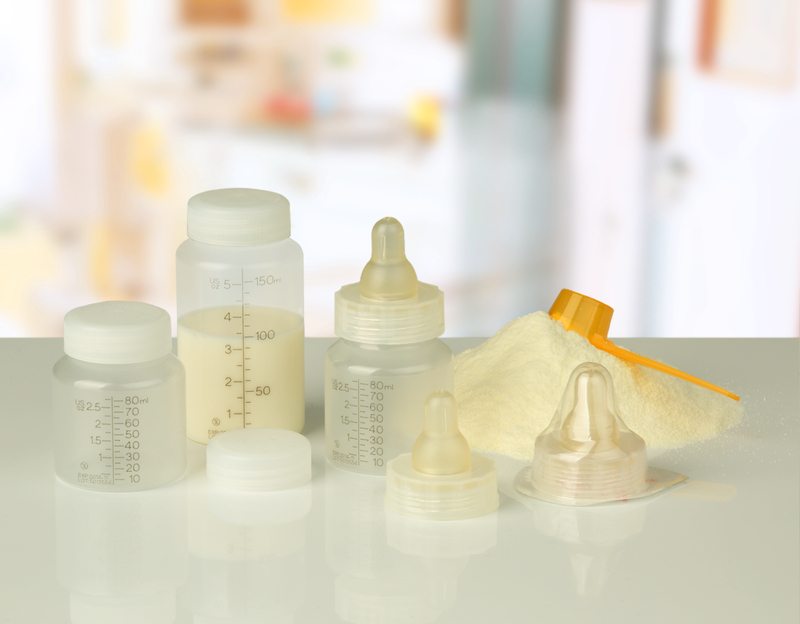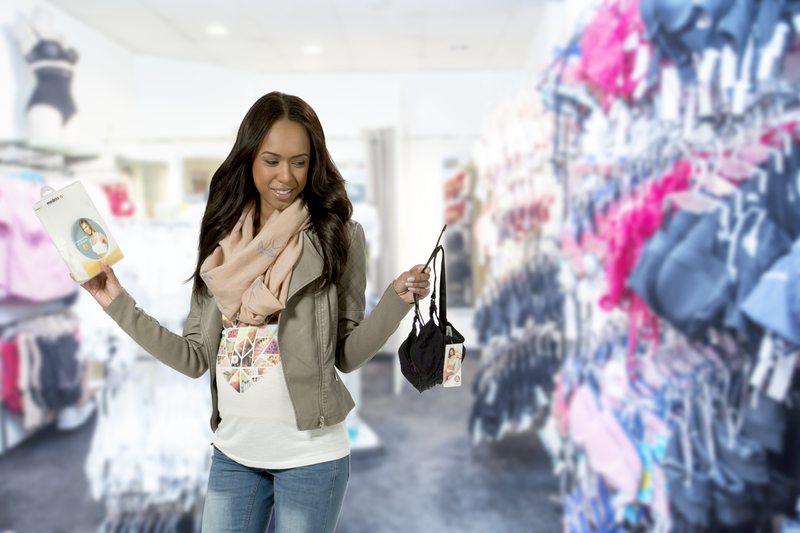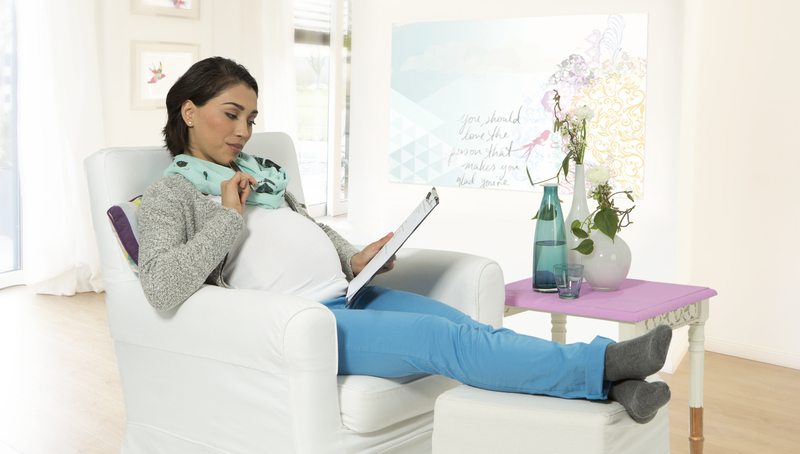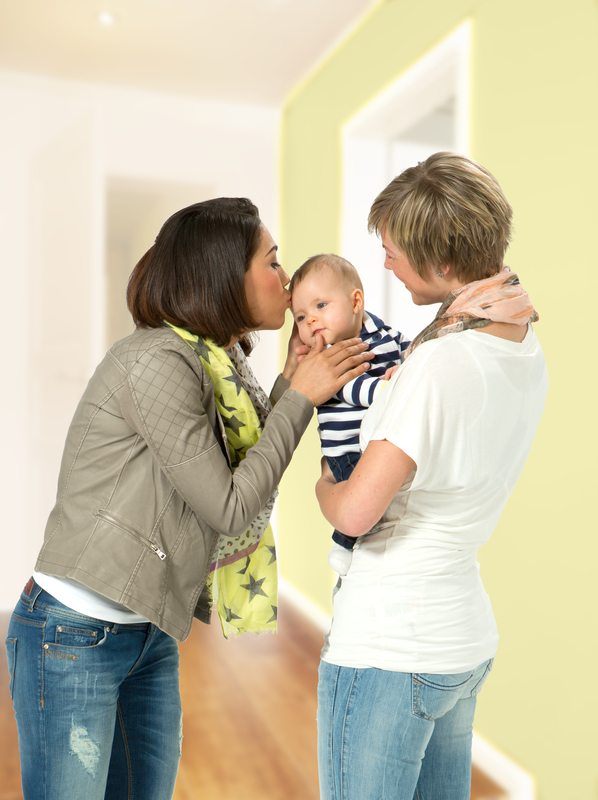
Between about day two and day five after birth, you might experience breast engorgement with increased blood circulation in the breasts and the secretion of more lymphatic fluid in the breast area. Your breasts can feel hard, swollen and warm, and may be slightly flushed. This is a positive sign as it tells you that your milk is ‘coming in’.
The first few days
For the first few days after giving birth, breasts remain soft and produce colostrum, the first milk. Colostrum comes in many colours and the amounts may seem small, but it is produced in just the right quantity. Colostrum is rich in immune factors that protect your newborn baby.
Within approximately 72 hours, you will notice changes in your breasts. They will become full, firm, warm, and perhaps tender as milk production increases and colostrum begins to change to mature milk. The term for this change in breast fullness is physiological engorgement.
Some women find that their breasts feel uncomfortable. Other women barely notice any change. Mild to moderate discomfort is common and normal. Usually this situation lasts for about 18 to 24 hours. However, each woman is different, so physiological engorgement may last for longer or shorter periods of time.
When will my breast milk come in?
Your breasts will adjust over time, producing exactly the right amount of milk for your baby. In cases of extreme or prolonged painful engorgement, seek help from a lactation consultant or healthcare professional. Your baby helps you manage the engorgement by removing milk frequently. This means you should breastfeed at least 8-12 times within 24 hours. If your baby is not latching properly or feeding frequently, your breasts may become overly full. You can also pump milk to relieve engorgement.
This fullness reduces the elasticity of the breasts and nipples, which can lead to latch difficulties and sore nipples.
Physiological engorgement should clear up within the first four to five days. If it persists, please consult a health professional who can support you. Continue to breastfeed frequently and unrestrictedly. The engorgement does not mean that you have an oversupply and it is important to have the baby frequently drain the breasts to avoid problems.


